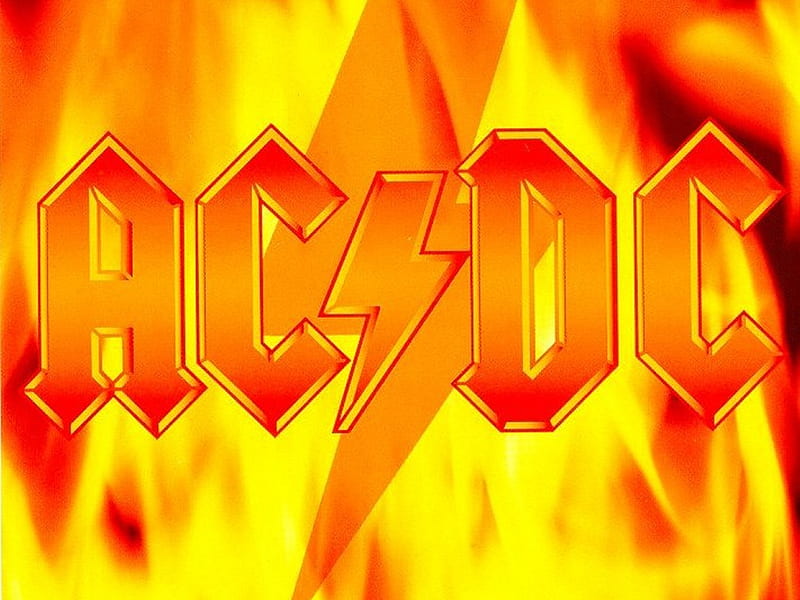I once read a series of Dutch DIY magazines from the 1950's (Electronica magazine from 1953...1958). There were people building their own tape recorders including the mechanical parts and the head, making the head from mu metal out of a transformer that could cheaply be bought at army dump stores and using a bicycle dynamo as the motor. Others used surplus radar CRTs to build their own television - with a postcard-sized picture, but better than nothing.Notice most of people self building stuff or components or searching for creative substitutions come from, say, South Africa, Australia/New Zealand, Eastern Europe, India, Brazil, etc. , (lackof) market availability + long/expensive freight complicates things
You made a point!You are right.
I am not ignoring it, at all, on the other side I was surprised that resistance variation was not THAT high and to boot it is lower than the typical "nominal vs DCR" assumption in loudspeakers in general, so it´s actually bonus point.
Extra detail: speakers at rated power have WAY higher DCR than when measured "cold" with a Multimeter, go figure.
Extra extra detail: I would love to know what actual DCR do commercial resistors (plain ceramic or aluminum clad) get to when dissipating rated power ,certainly higher than guaranteed/multimeter measured "8 ohms" or whatever.
If all made of Nichrome wire, both DIY and commercial will behave in a similar way.
You will be surprised (I was, big time), but Nichrome is WAY more stable than Copper!!!!!! 😱
Copper resistivity thermal constant: 0.00393 , you can safely round it to 0.004 per Degree Centigrade.
Nichrome?: amazing low 0.0004 per Degree Centigrade, 10 times less!!!
EDIT. If curious:
http://hyperphysics.phy-astr.gsu.edu/hbase/Tables/rstiv.html
I guess resistance will be too high compared to speakers, just do the Math or straight measure one.
A, say, 40-60-100W soldering iron will dissipate that under very high 120 or 240V mains voltage, do the Math.
Power amps typically put out 20-30V RMS or so.
That´s why we often use high power (800-1000W) heating elements, not for the dissipation but for the lower DCR
A, say, 40-60-100W soldering iron will dissipate that under very high 120 or 240V mains voltage, do the Math.
Power amps typically put out 20-30V RMS or so.
That´s why we often use high power (800-1000W) heating elements, not for the dissipation but for the lower DCR
👍A, say, 40-60-100W soldering iron will dissipate that under very high 120 or 240V mains voltage,
Or you could toast your bread with AC/DC
Not my B-r-e-a-d but almost toasted my B-r-a-i-n with AC/DC ... does it count? 😉

Viewing the output waveform when it is applied across a resistor can reveal stability issues like transient high frequency self oscillations which are known to damage tweeters. In the two years I have been using the amplifier I did not have tweeters burnt or damaged.
Hot-dogs load:
The HOTDOGGER | 1970s hot dog electrocutor
________________________
But wait! This guy runs his dog at 249 Volts, "Turbo". With a meter!
The meter says something about flesh and electrocution. His dog starts at less than 0.5 Amps, but as the juice is liberated from the "meat" it rises to over 1.4 Amps, 3X the starting current. This is also seen in live subjects. The shock may not be "bad" at first but tends to rise as cell walls break down. In the Dogger the current finally falls-off as the skin splits and moisture is let-go as steam.
Anyway: one skinny dog, 250V 0.5A is 500 Ohms at first, 249V 1.4A is 180 Ohms in less than a minute, rising to 250 Ohms. You need four Doggers to get close to 8 Ohms, and then only for a minute.
________________________
But wait! This guy runs his dog at 249 Volts, "Turbo". With a meter!
Anyway: one skinny dog, 250V 0.5A is 500 Ohms at first, 249V 1.4A is 180 Ohms in less than a minute, rising to 250 Ohms. You need four Doggers to get close to 8 Ohms, and then only for a minute.
Last edited:
Get you fingers into the business end and you turn it into a proper “dummy” load. One that will get you the Darwin Award.
Get you fingers into the business end and you turn it into a proper “dummy” load. One that will get you the Darwin Award.
If you actually study the 1970s Presto HotDogger, it is remarkably difficult to get your fingers on live parts.
You may be remembering popular home-brew open-face nails-and-linecord dog-cookers of your youth.
Here is a 21st century re-enactment: https://www.evilmadscientist.com/2007/cooking-hot-dogs-via-electrocution/
Bonus: LEDs!!
The Darwins ask for "an astounding misapplication'. This is just dumb.
Oh dear. We had that hot dog cooker in the 70s. Never ran audio through it despite my later adventures with audio comestibles.
Here, in the European Union, there is so much hand holding where electrical safety is involved, that even immersion heaters are banned, although water can be heated using its own ions as the conductive element of electricity. In fact, I once saw an electric kettle which used two conductors immersed in water: the water was the actual water heater! I do not use this method as it has the potential of producing harmful chemicals from metals and minute impurities in drinking water (electrolysis). Although power is AC, many chemical reactions are irreversible in direct ways.
- Home
- Amplifiers
- Solid State
- Testing and loading an amplifier output with a passive resistance.